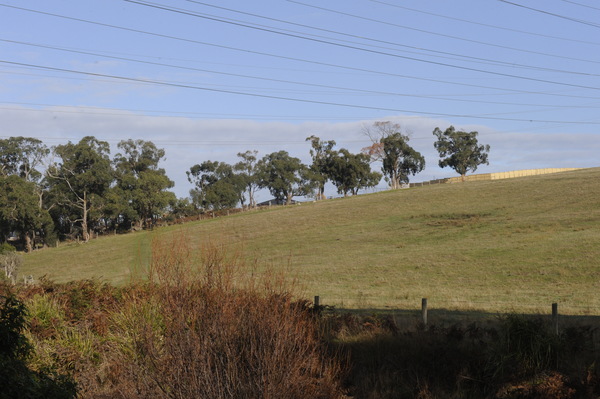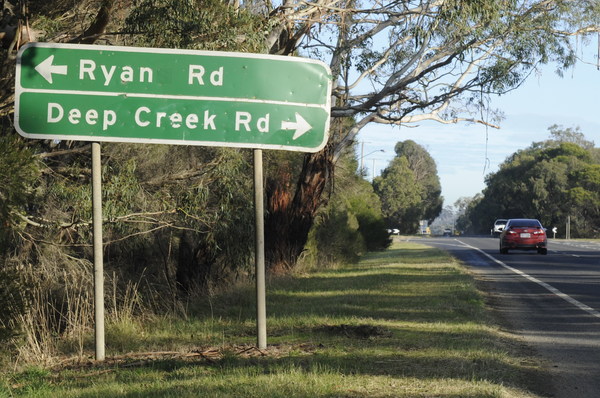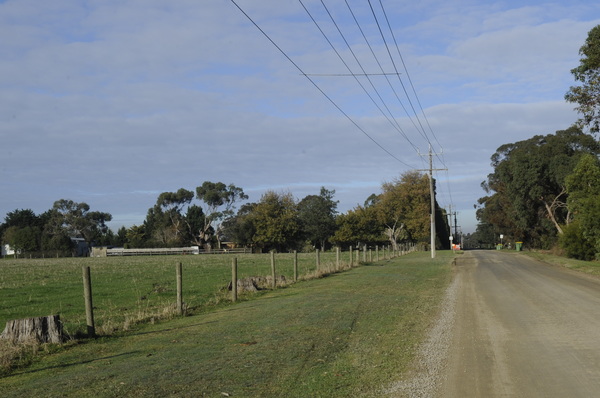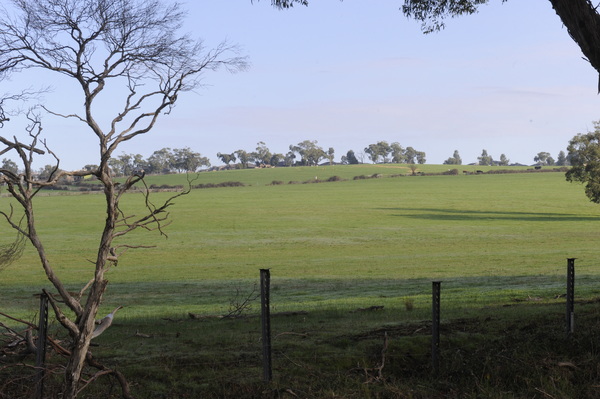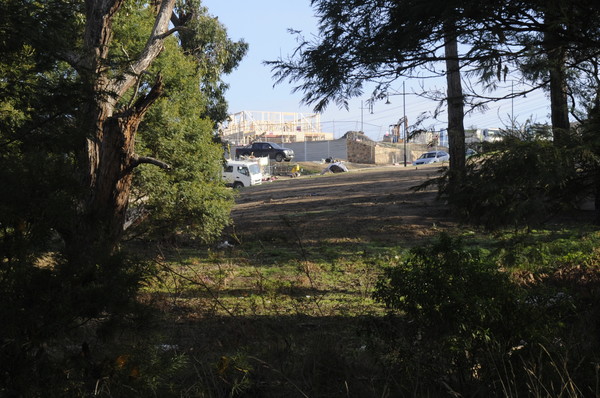By Kyra Gillespie
The proposal for an estate “bigger than Warragul” on the eastern outskirts of Pakenham had residents and land care groups in a panic at a public submissions hearing on Friday 1 June.
The new neighbourhood, yet to be formally named but currently under the working title Pakenham East, was far from welcomed by locals at the hearing, with one bemoaning the likelihood of “battery humans“ being crammed into the estate.
As a result of green wedge rezoning by the then Planning Minister Matthew Guy in 2012, around 630 hectares of farmland will be transformed into a thriving estate comprising of over 7000 dwellings.
It will be bordered by Deep Creek and Ryan Road to the west, Mount Ararat Road to the east and the Princes Freeway to the south.
Almost eight full hours of submissions were heard by representatives of the Planning Minister at the Cardinia Civic Centre, almost all of which of which flagged traffic congestion, environmental impacts and community safety as key concerns.
“It’s going to be bigger than Warragul, this precinct is humongous,” Nar Nar Goon Progress Association president Geoff Bramley said.
“They’re building a new Warragul on the edge of Pakenham and people don’t even know about it.”
According to 2016 census data, Warragul is currently home to 15,757 residents and 6837 dwellings.
Pakenham East will be home to over 20,000 to 22,000 people and 7100 dwellings.
There will be around 16.40 lots per hectare ranging from single storey to four storey structures.
“We strongly oppose having four storey apartments; there are no four storey residential buildings in the rest of Cardinia so why should they put them in an estate that borders a rural area?” Rose Biddell asked on behalf of the Nar Nar Goon Progress Association on Friday.
“No one likes battery chickens so we don’t want battery humans.”
Traffic congestion was the hot button topic of the day, particularly for existing Ryan Road residents.
Current data estimates nine daily vehicle trips per day will be made by the future population of Pakenham East.
There are also 100 new houses set to be built on Ryan Road.
“Over 7000 cars a day is massive, and Ryan Road will cop a large brunt of the traffic,” Ryan Road resident Jason Santori said.
“If my calculations are correct, that means there will be 350 cars an hour and one every 10 seconds. And that’s based on 20 hours in a day. That means approximately one car every three seconds in peak hour.
“That’s what you’d expect in the city, not on a country road.
“How am I supposed to get out of my driveway? It’s only a matter before I get cleaned up.”
The land is currently Farming Zone and the Victorian Planning Authority seeks to rezone much of the land to accommodate the vast development.
Numerous ecological studies have found 84 species of birds, the threatened Growling Grass Frog, Southern Brown Bandicoot and many other species that call the land home.
While offset measures have been considered, representatives from the Back Creek Land Care Group, Victorian Farmers Federation and the Cannibal Creek Land Care Group all expressed concerns on the impact to the existing flora and fauna on the day.
“If the beautiful farming area of Pakenham East must endure the indignity of urbanisation, with all its consequences, a restored and re-vegetated Deep Creek may provide some compensation for what will be lost forever,” Cannibal Creek Land Care Group president Gerard Cunningham said.
“We have a great opportunity here to do the right thing by the local community and environment. We must not miss this chance.”
Cardinia Ratepayers and Residents Association president Gloria O’Connor describes the development as a “planning disaster in progress.”
“We know we can’t stop it from happening, but we can at least try to make sure we do the right thing by the creatures living there,” she said said.
“The vegetation planned to be lost and the habitat that will be destroyed cannot be valued highly enough.
“It is very important to challenge the assumption that everyone is in favour of infinite growth resulting in unsustainable urban fringe development and infinite expansion into green wedge, farmland and food growing areas of Victoria.”
Planning for the 15-year project is well underway, with Parklea anticipating to start selling land in 2020.
*The Gazette will roll out an in-depth look at the new development in next week’s edition.

